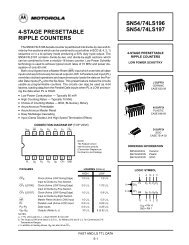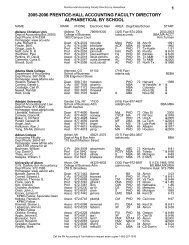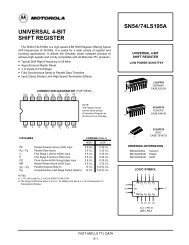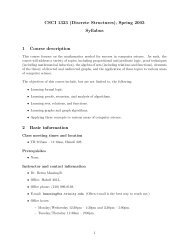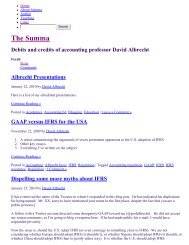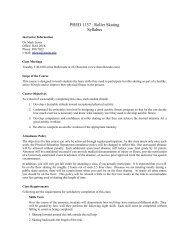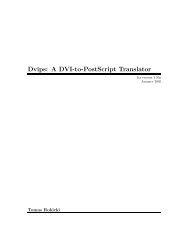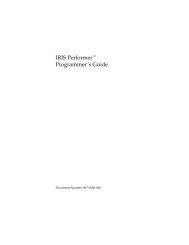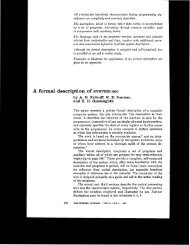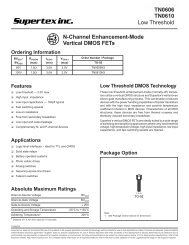fair value hedge accounting for a portfolio hedge of interest rate risk
fair value hedge accounting for a portfolio hedge of interest rate risk
fair value hedge accounting for a portfolio hedge of interest rate risk
You also want an ePaper? Increase the reach of your titles
YUMPU automatically turns print PDFs into web optimized ePapers that Google loves.
EXPOSURE DRAFT OF PROPOSED AMENDMENTS TO [DRAFT] IAS 39 AUGUST 2003<br />
(c)<br />
need to be changed each period. This requires de- and<br />
re-designation <strong>of</strong> the individual items that constitute the <strong>hedge</strong>d<br />
item, which gives rise to significant systems needs.<br />
Fair <strong>value</strong> <strong>hedge</strong> <strong>accounting</strong> requires the carrying amount <strong>of</strong> the<br />
<strong>hedge</strong>d item to be adjusted <strong>for</strong> the effect <strong>of</strong> changes in the<br />
<strong>hedge</strong>d <strong>risk</strong>. * Applied to a <strong>portfolio</strong> <strong>hedge</strong>, this could involve<br />
changing the carrying amounts <strong>of</strong> many thousands <strong>of</strong> individual<br />
items. Also, <strong>for</strong> any items subsequently de-designated from<br />
being <strong>hedge</strong>d, the revised carrying amount must be amortised<br />
over the item’s remaining life. † This, too, gives rise to<br />
significant systems needs.<br />
BC6. The Board agreed to explore ways to deal with each <strong>of</strong> these issues. The<br />
Board also agreed that it would propose a change to IAS 39 only if the<br />
change was consistent with the principles that underlie IAS 39’s<br />
requirements on derivatives and <strong>hedge</strong> <strong>accounting</strong>. The three principles<br />
that are most relevant to a <strong>portfolio</strong> <strong>hedge</strong> <strong>of</strong> <strong>interest</strong> <strong>rate</strong> <strong>risk</strong> are:<br />
(a) derivatives should be measured at <strong>fair</strong> <strong>value</strong>;<br />
(b)<br />
(c)<br />
Prepayment <strong>risk</strong><br />
all material <strong>hedge</strong> ineffectiveness should be identified and<br />
recognised in pr<strong>of</strong>it or loss; and<br />
only items that are assets and liabilities should be reported as<br />
such in the balance sheet. Deferred losses are not assets and<br />
deferred gains are not liabilities. However, if an asset or<br />
liability is <strong>hedge</strong>d, any change in its <strong>fair</strong> <strong>value</strong> that is<br />
attributable to the <strong>hedge</strong>d <strong>risk</strong> should be presented in the<br />
balance sheet.<br />
BC7. In considering the issue described in paragraph BC5(a), the Board noted<br />
that a prepayable item can be viewed as a combination <strong>of</strong> a<br />
non-prepayable item and a prepayment option. It follows that the <strong>fair</strong><br />
<strong>value</strong> <strong>of</strong> a fixed <strong>rate</strong> prepayable item changes <strong>for</strong> two reasons when<br />
<strong>interest</strong> <strong>rate</strong>s move:<br />
* IAS 39, paragraph 153<br />
† IAS 39, paragraph 157<br />
© Copyright IASCF 22




